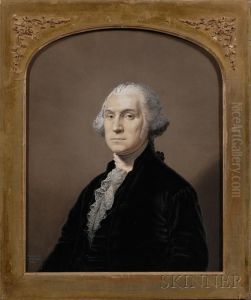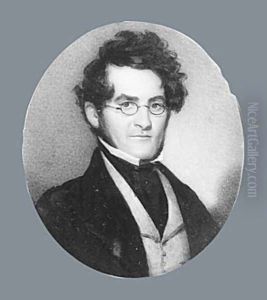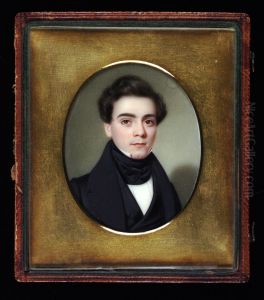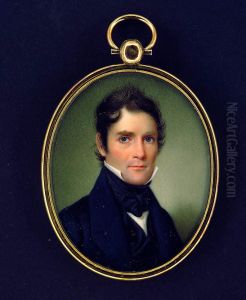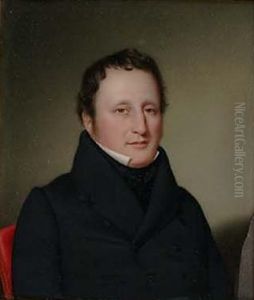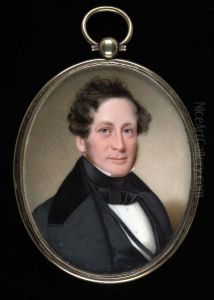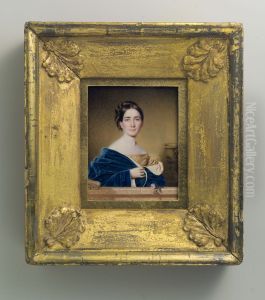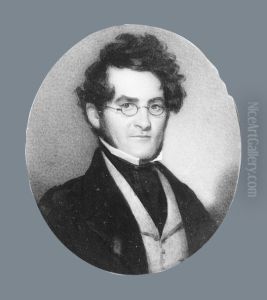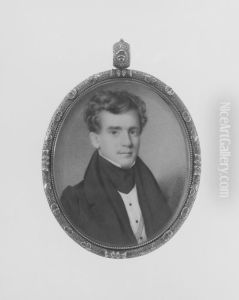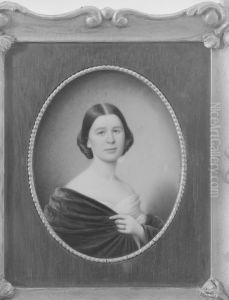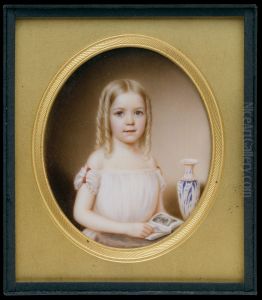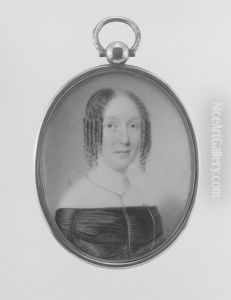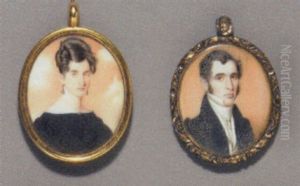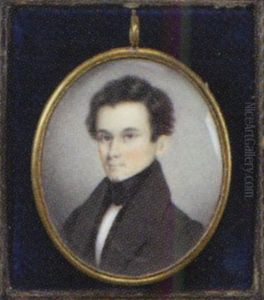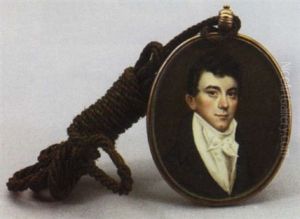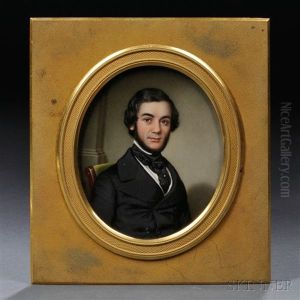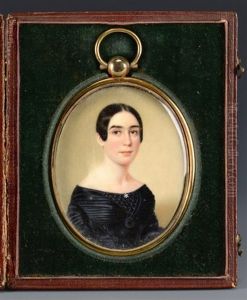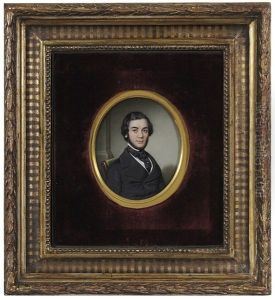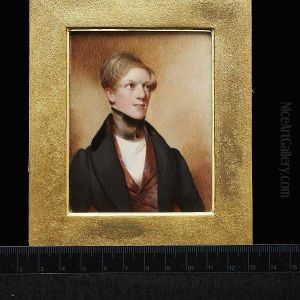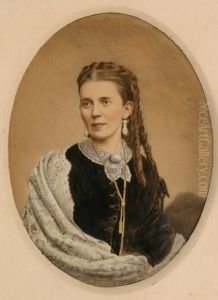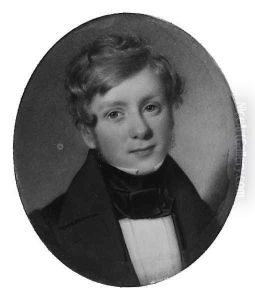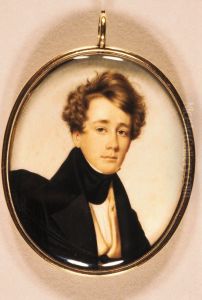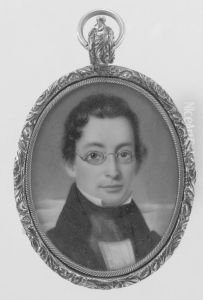John Wood Dodge Paintings
John Wood Dodge was an American artist, primarily known for his work as a miniaturist and portrait painter. Born on December 21, 1807, in New York City, Dodge developed an early interest in art and showed a remarkable talent for portraiture. He pursued his artistic education informally, learning through apprenticeships rather than formal schooling, which was a common practice for artists during that time.
In the 1820s, Dodge began his career as an itinerant artist, traveling through the southern United States. His work mainly consisted of miniature portraits, which were popular among the American gentry and middle class as personal mementos before the advent of photography. Dodge quickly gained recognition for his skill in capturing the likeness and character of his sitters with fine detail and subtle coloring.
Throughout his career, Dodge adapted to the changing tastes and technologies of the time. He worked in various cities including New Orleans, Nashville, and New York, where he became an active member of the artistic community. Dodge was also a founding member of the National Academy of Design in 1826, reflecting his status within the American art scene.
As the demand for miniature portraits began to wane with the emergence of daguerreotype photography, Dodge expanded his repertoire to include larger oil portraits and other forms of painting. Despite these adaptations, the rise of photography had a significant impact on his career, and by the 1850s, his prominence as a portrait artist had declined.
John Wood Dodge continued to paint until his later years, although he never regained the same level of fame that he enjoyed in his early career. He passed away on December 7, 1893, leaving behind a legacy of work that provides a unique glimpse into the faces and fashions of antebellum America. His miniatures, in particular, are valued for their historical significance and their exquisite craftsmanship, and they can be found in museum collections across the United States.
